When it comes to magic in photography, nothing can compare to watching a wet plate develop and clear or printing in the darkroom. But a close second is developing your slide film at home. After fretting about ruining slide film by developing it at home, I decided to go for it and put in some crucial rolls from Europe. If you force yourself to do it right the first time, develop something that matters! And when I pulled off those first two rolls, I was blown away! And while they looked ugly when wet, when dried, it was magic. The Unicolor Rapid E-6 kits make developing slide films at home easy, and if you can develop B&W, doing E-6 will be a walk in the park.
Technical Details
Manufacturer: Unicolor
Name: Rapid E-6 Kit
Primary Developer: CD-3
Type: Reusable
Mix From: Liquid

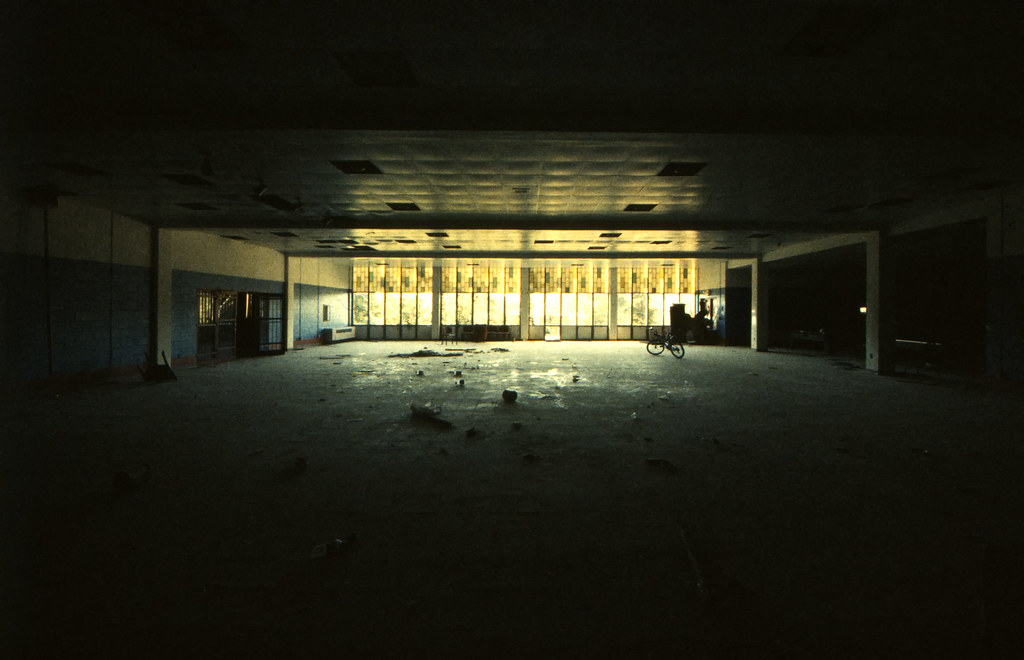

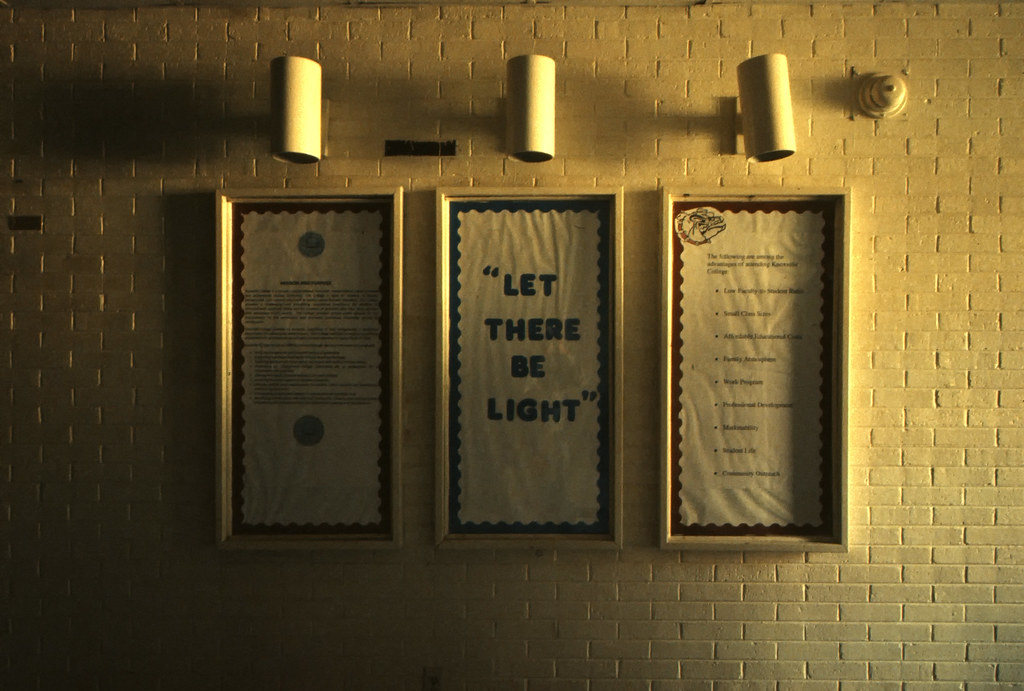
Handling
Unlike other colour developers, the Unicolor E-6 kit has six liquid concentrates you combine with water to form the working solutions. The first developer is from a single concentrate and mixed at 44C. The colour developer has two concentrates mixing at 46C with water using A and B to form the working solution. And the final step, the Blix is mixed with water at 60C from three concentrates, A, B, and C. All these chemicals are hazardous to your health, and proper precautions must be taken while mixing. Once mixed chemistry has a relatively short time frame, the instructions do not clearly state the shelf life, but they warn that after a couple of weeks, the developer will start to weaken. The first developer appears to be the weakest link in this chain. This developer seems to have a capacity for 12 rolls of 35mm 36-exposure per litre, and it starts to degrade after the first roll, so additional time is advised. I take this with a grain of salt as I never compensated and remained rather pleased with my results. For best results, you will want to process at 41C (105F), reducing the possibility of density and colour-shifting issues. It is also essential to thoroughly rinse the film between steps to prevent cross-contamination. And during the blix step, you will need to off-gas your container, or if using a rotary processor, have a tank with a vent to keep the lid from blowing off. Now you can extend the developer’s life by adding time as you go along, but know that there is a greater risk of colour shifts the more you process beyond the prescribed amount. This is also true when developing in colder water, especially when you get closer to room temperature. But the margin for temperature shift can be about +/- 1 degree without any significant issues cropping up.




Applications
Here’s the rub with any colour development kit; they are one trick ponies, and the Rapid E6 kit does exactly what it says on the box; it is a quick way of developing any slide film at home with consistent and repeatable results. And it will work perfectly with any modern slide film and historical films if they use the E-6 or the Fujifilm CR-56 process. And can handle any film format, mount onto reels and have supporting tanks. I’ve developed 35mm, 120 and 4×5 with this kit and always had excellent results once I got the hang of things. YOu might be able to adapt this kit to handle the previous slide film processes, E-4, for example, but not recommended. This will also not process B&W slides (try the Adox Scala Kit) or Kodachrome, a different type of slide film from the films we know today. You can use this to complete both push and pull the development of your slide film but will have to adjust your times and even temperatures; thankfully, a handy chart is included in the instructions. You can, in theory, use this kit to cross-process colour negative film, but I’ve never seen this process done and can’t say for sure what the results will be.
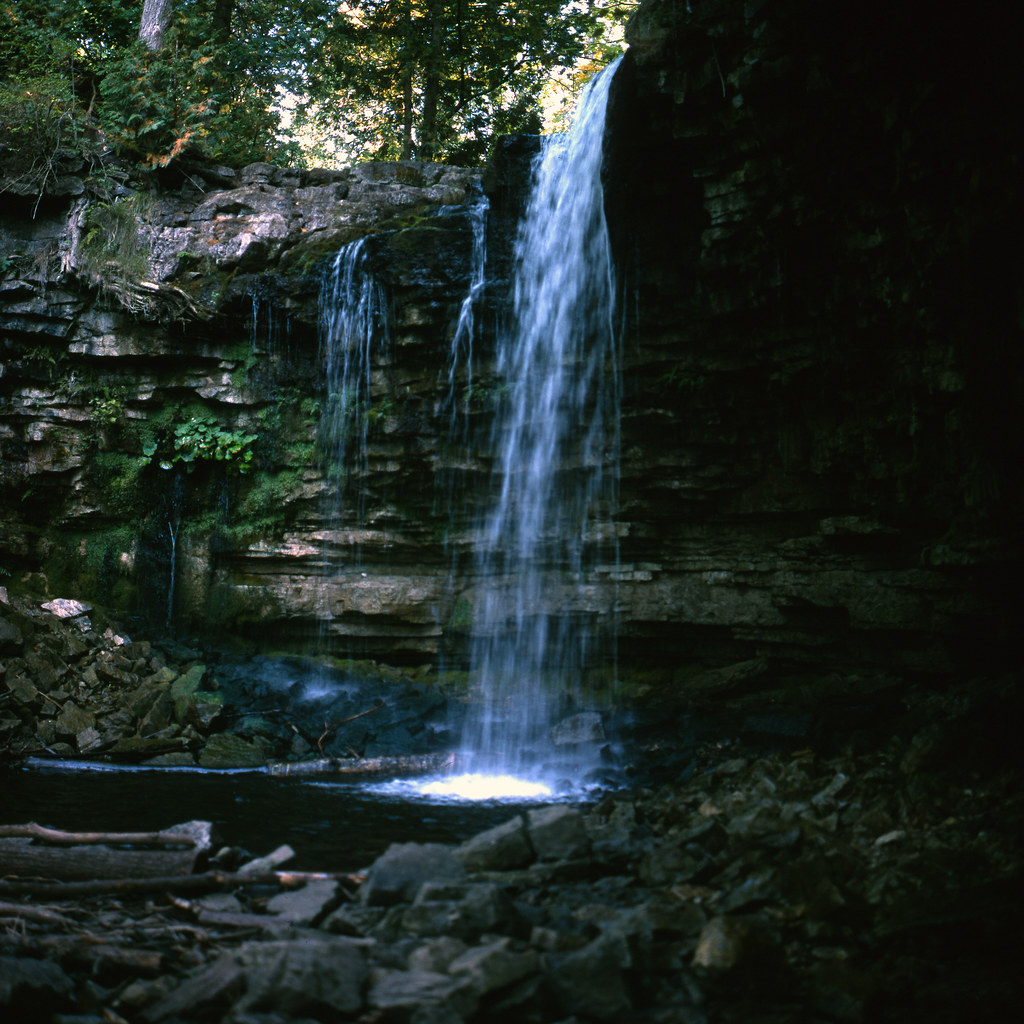
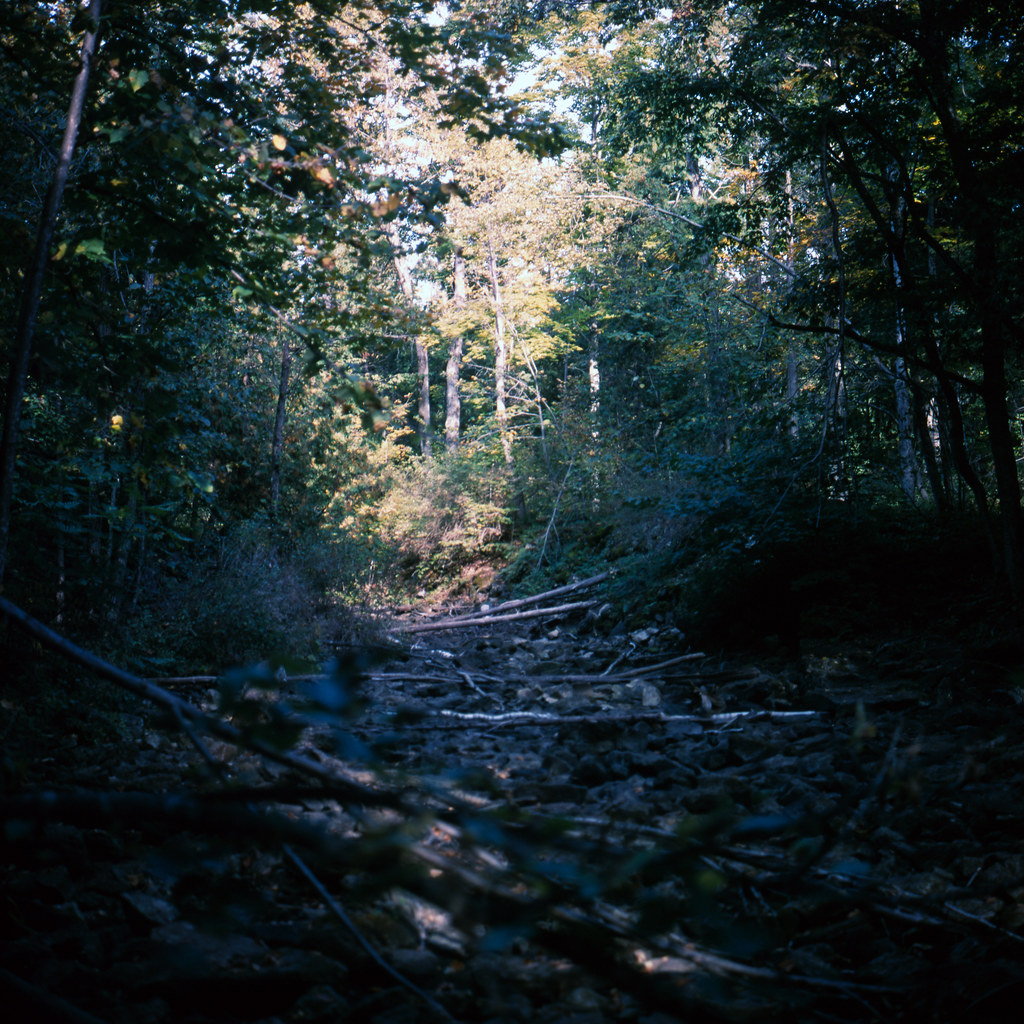

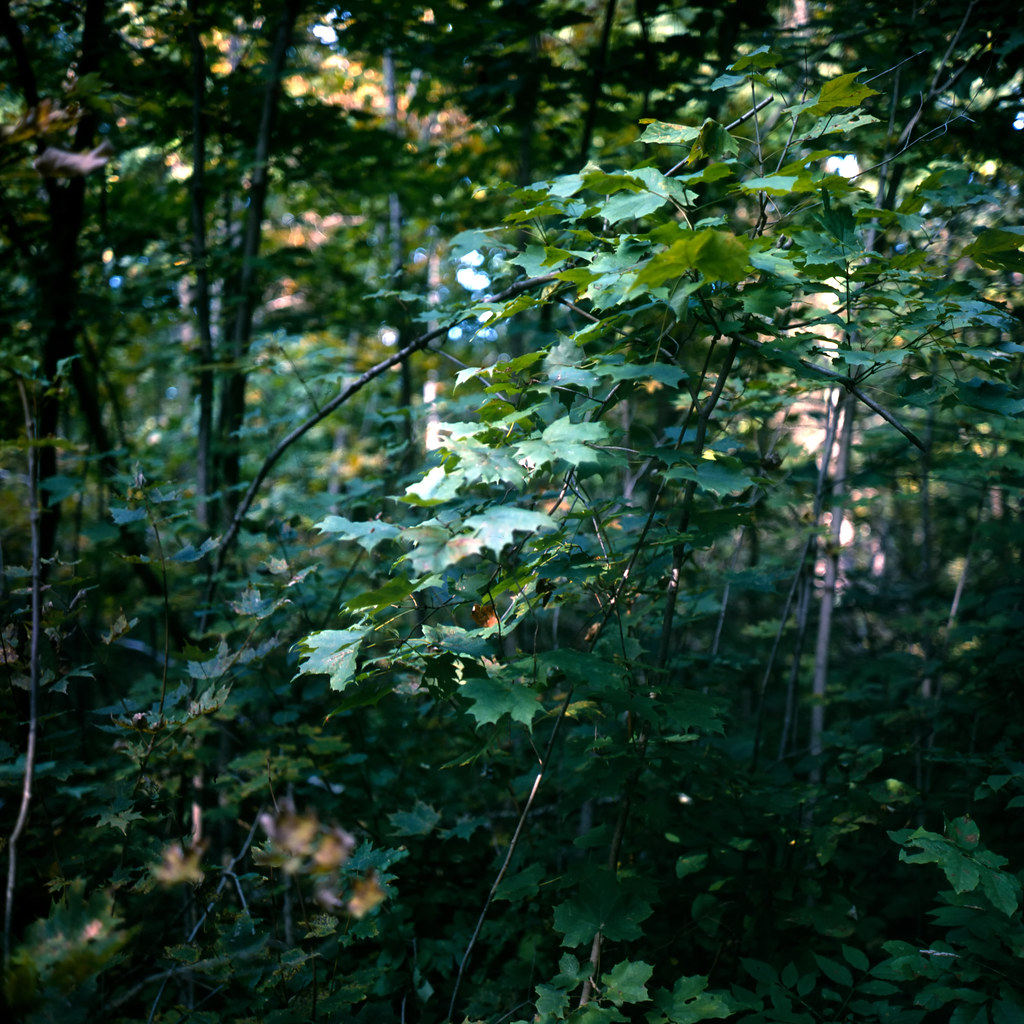
Qualities
Where colour developers are concerned, more depends on the film stock itself and the time, age, and temperature of the development than the actual developer itself. And the Unicolor E6 kit will handle any slide film well and lets the qualities of that film shine, providing that you have done your due diligence in ensuring the proper temperature and times are followed. Slide film is among the most inconsistent to work with, as it has a narrow margin for error when it comes to exposure, and often, you have to sacrifice your shadows or highlights in high-contrast situations. The more film you put through the developer, the more errors will increase. You can also find more mistakes when you deviate from the prescribed temperatures. These can include colour shifts and lack of density. Thankfully these days, with the ability to digitise your slides, you can fix these mistakes once imported into a computer. Although if you are a purist and project the slides as is, you will start to see these errors more clearly.




Lowdown
There is something special about seeing home processing slides coming out from your tank. While they may not look good at first, once you have them hanging and a good twelve-hour later, you can start to see the magic. And this only increases the more extensive film stock you go; pulling out those 4×5 slides is a thrill even when wet. They look incredible. The one thing I do recommend to help keep the possibility of errors is to shoot your film in a large batch; this means you might be waiting a couple of months or more before getting down to processing, but with a universal time, you can throw in multiple film types into a single tank and go to town. YOu can probably work through a total kit capacity in two or three cycles, less if you can process large volumes at a time. Then there is less chance of ageing and mistakes. And most importantly, don’t be scared; if you can do B&W development, colour is not that far different and can be easier because of that single time that is based on temperature rather than film stock. The kit itself is available for online or in-store orders, is relatively affordable, and is available under multiple brands.
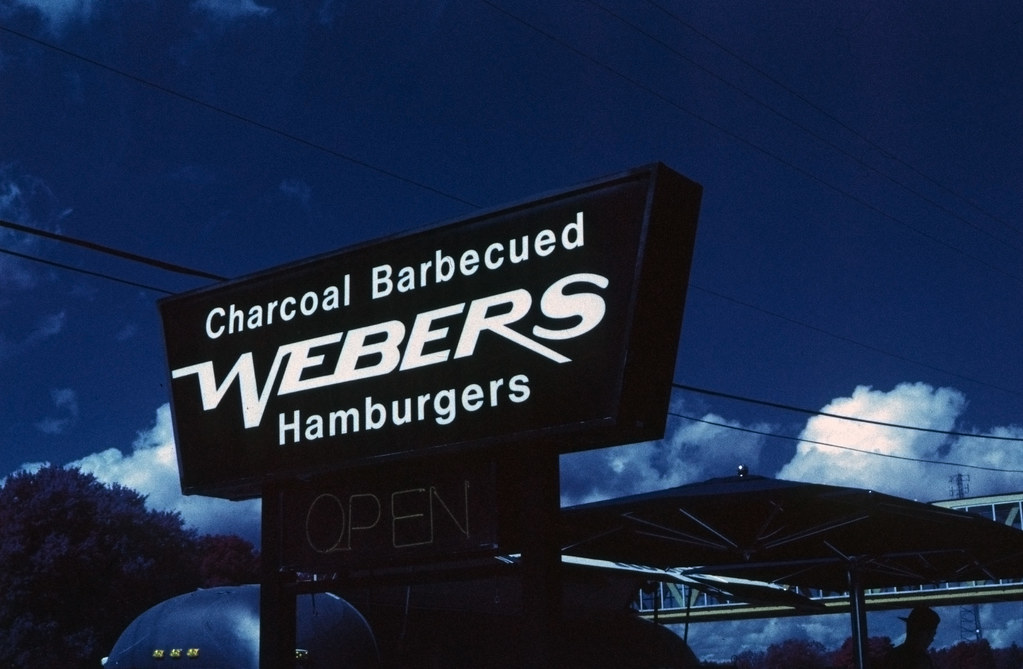
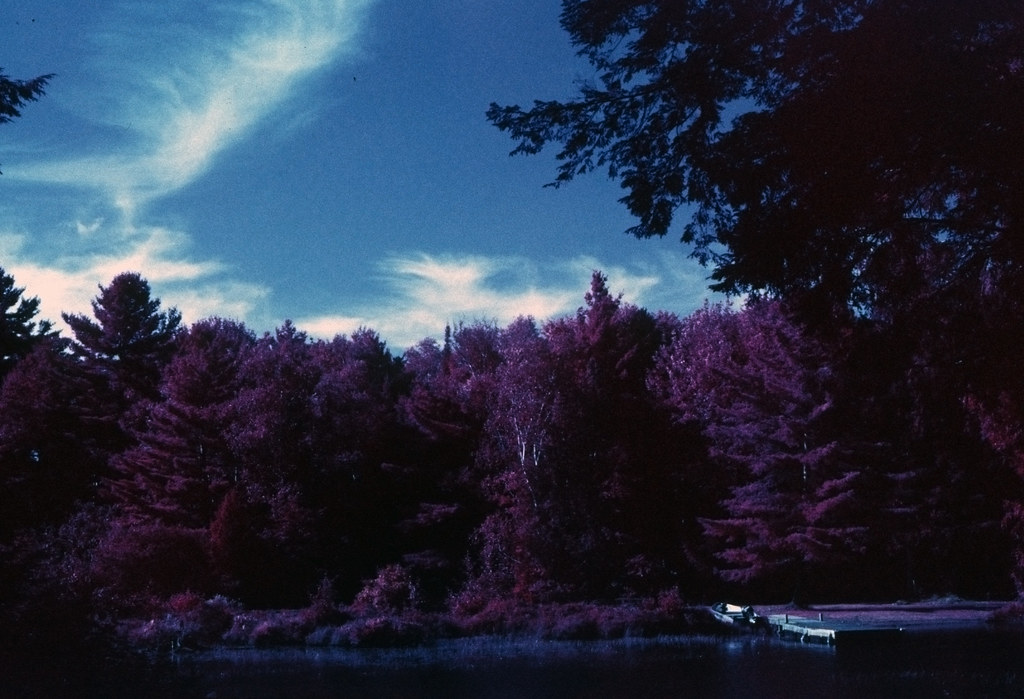
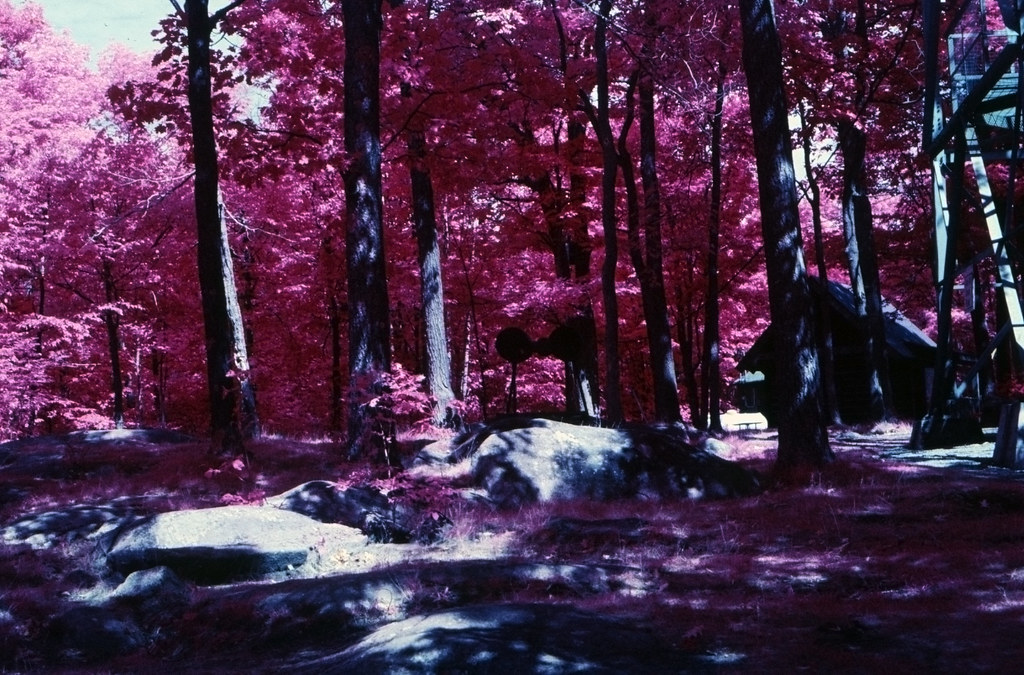
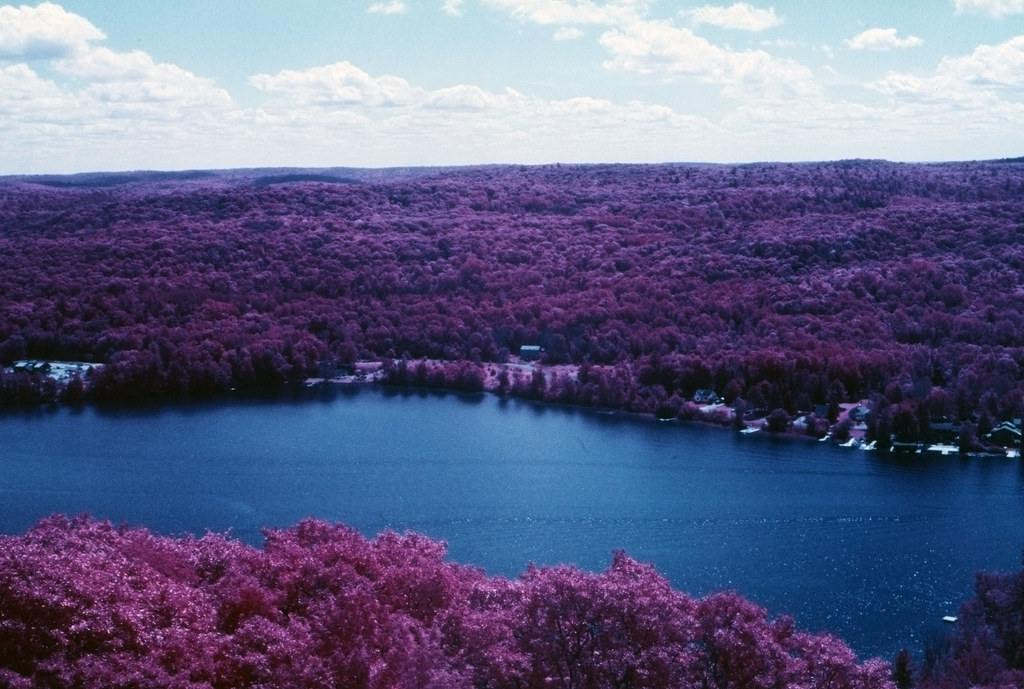
Recommended Reading
Don’t just take my word on the Rapid E-6 K. Check out these other blogs on the subject!
Emulsive – The Arista Rapid E-6 Kit Guide
Crafting Light – Developing 4×5 Slide Film At Home